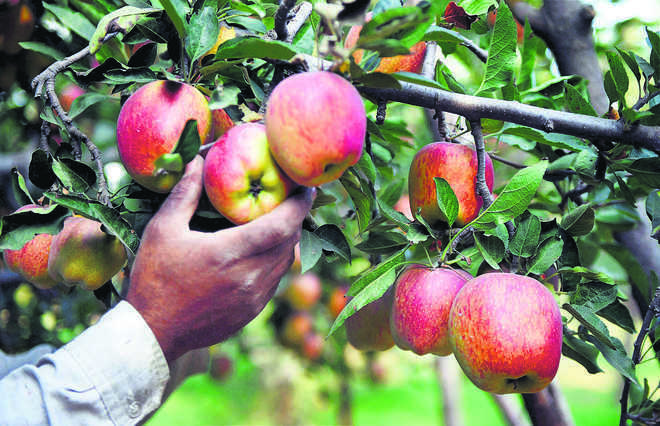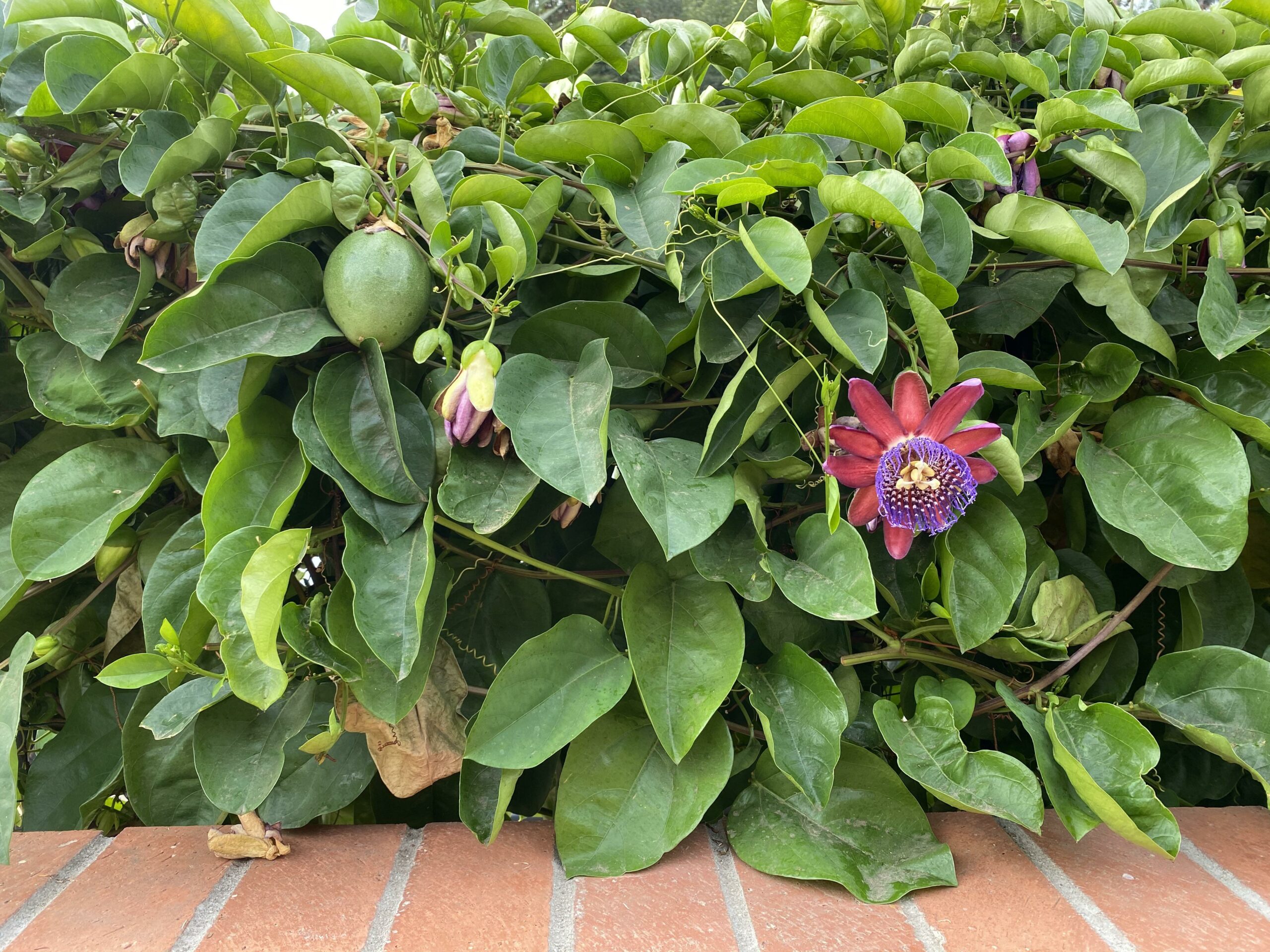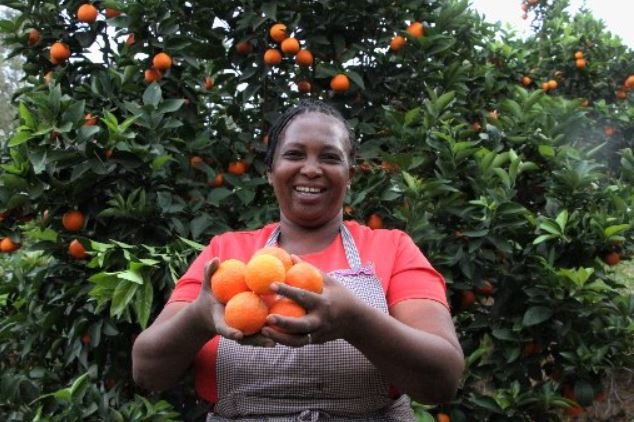Citrus is a genus of flowering trees and shrubs in the rue family, Rutaceae. Plants in the genus produce citrus fruits, including important crops such as oranges, lemons, grapefruits, pomelos, and limes.
Citrus farming in Kenya is a profitable and popular venture, with a growing demand for citrus fruits both locally and internationally. Grafted citrus farming is a technique that allows farmers to grow citrus fruits in regions where traditional citrus trees may not thrive. This guide will provide an overview of grafted citrus farming in Kenya and the steps that farmers can take to ensure success.
- Understand the climate and soil conditions: Grafted citrus trees require well-draining soil and a warm, humid climate to thrive. In Kenya, citrus is typically grown in the central and western regions. It is important for farmers to understand the climate and soil conditions in their area and choose a rootstock and variety that is well-suited to those conditions.
- Choose the right rootstock and variety: Grafted citrus trees are created by taking a cutting from a desirable citrus tree and attaching it to the rootstock of a hardier, more disease-resistant tree. The rootstock and variety should be chosen based on the climate, soil conditions, and the desired characteristics of the fruit.
- Implement good agricultural practices: To ensure success in grafted citrus farming, farmers should implement good agricultural practices such as crop rotation, proper pruning, and regular harvesting. This will help to increase yields and improve the quality of the fruit.
- Use appropriate fertilizers and pesticides: Grafted citrus trees require minimal inputs such as fertilizers and pesticides. However, farmers should use appropriate fertilizers and pesticides to ensure the health and productivity of the trees.
- Market your fruit: In order to increase the profitability of grafted citrus farming, farmers should focus on producing high-quality fruit that meets the standards of the local and international market. Additionally, farmers should improve their marketing strategies by reaching out to potential buyers and building relationships with supermarkets, fruit vendors, and exporters.





